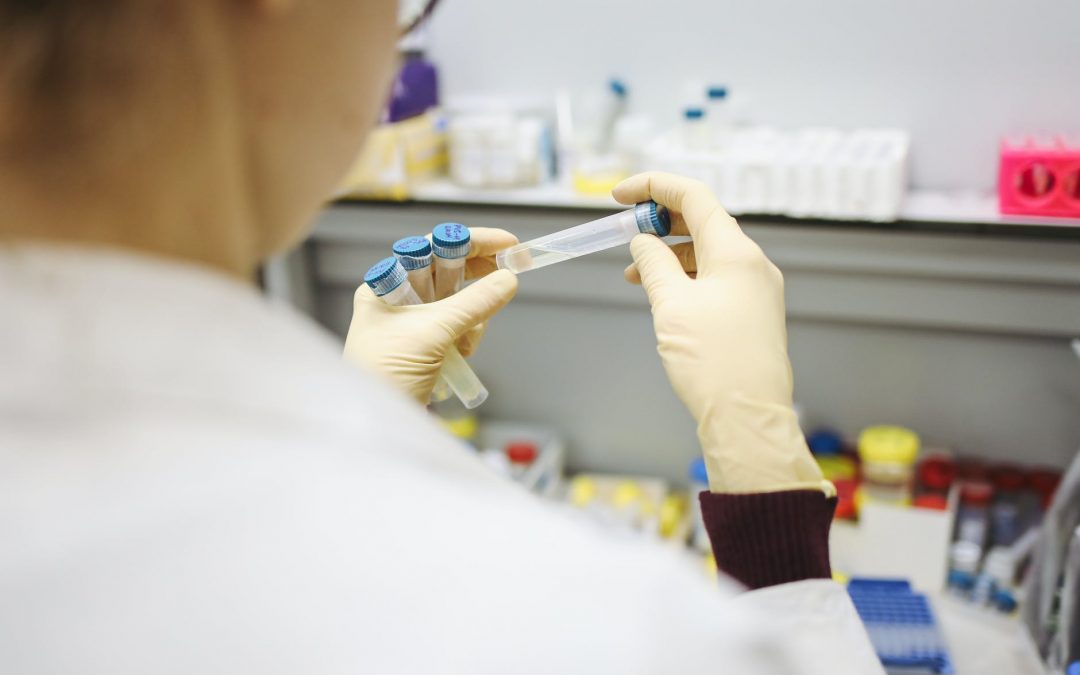Image via Pexels
Vaccines have been providing a much-needed boost to public health for centuries and remain an important part of the pharmaceutical industry. However, in recent months, the spotlight has been shone upon them with even greater intensity, thanks to the arrival of COVID-19 and the scramble for an effective means of keeping this virus at bay.
Take a look at our best practices for vaccine storage and handling, and make sure your equipment, materials, and procedures are all up to date.
Label the vaccine appropriately
Labeling is a crucial part of storing a vaccine or any other potentially hazardous substance. This label needs to include the following information:
- The name of the vaccine
- The date of storage
- The minimum and maximum temperature of the vaccine (whether or not the vaccine can be frozen)
- Any biohazard or other chemical symbols that are applicable
Make sure that all labels are clearly legible and are translated into any languages deemed appropriate in your area of operation. The labeling should also be waterproof and robust enough to withstand the rigors of long-term storage.
Check and log temperatures regularly
The temperature of the vaccine must be checked and logged regularly. This means carrying out the following duties:
- Defining a timetable for checking temperature
- Deciding how and where the temperature will be logged
- Checking maximum and minimum temperature (invest in a thermometer that will allow you to do this)
- Resetting the minimum and maximum temperature after each check
- Recording all temperature information, including current temperature and time
- Signing the log to ensure accountability and responsibility
Define your procedure for transportation
Transporting vaccines is an important part of handling and storing these substances. As such, make sure that you take care of the following steps:
- Use only hard-sided containers to transport.
- Define how you will keep the vaccines cool during transit, but do not reuse the original coolant packs.
- Remember to monitor the temperature during transit.
- Put insulation layers in place, including corrugated cardboard layers and insulating cushioned material.
- Define how you will pack the vaccines.
- Generally, there are eight packing layers:
- Frozen conditioned water packs
- Corrugated cardboard
- Bubble Wrap or other cushioned material
- The vaccines with the monitoring device
- More Bubble Wrap or other cushioned material
- More corrugated cardboard
- More frozen conditioned water packs
- The container lid
- Decide what you will do when you arrive at your destination.
- Record information regarding the date and time of arrival, as well as the temperature.
- Sign the log
- Put a process in place to move the vaccines quickly from transport to storage.
- Have a plan in place for what to do if the temperature is out of range.
Understand what to do in the event of a temperature excursion
As temperatures must be checked with such regularity, it goes without saying that an excursion beyond the defined temperature boundaries is a serious incident.
If this happens:
- Contact the vaccine manufacturer to double-check the appropriate temperature range.
- Contact the immunization program to inform them that there may be a delay in this batch of vaccines.
- Label the vaccines clearly as “DO NOT USE” and transport them to a place where no mix-up can occur
- If the vaccines are available on a public program, contact state and local health departments immediately.
Vaccines are critical to public health, particularly in these troubling times. Define your storage and handling best practices, and help to protect the health of our society.
